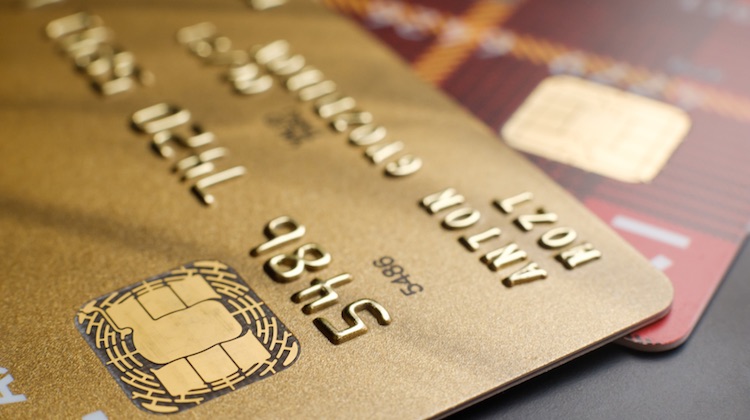Partner, Payments
Wallets, Rails, and Coins: Payments executives on how to push the industry forward in the era of real time
- This year Tearsheet's The Power of Payments conference brought together executives from industry leaders like SVB, Fifth Third, Zip CO, and Payoneer.
- We dive into the biggest ideas and strategies shared on the day, such as mindful deployment of AI, strategies for banks making embedded finance plays, and building the right experiences and integrations in payments.
Rabab Ahsan | December 10, 2024
BNPL, Financial Education, Partner, Payments
Gen Z, BNPL, and the fine line between financial freedom and pitfalls
- The BNPL model highlights a key societal dilemma: the trade-off between immediate gratification and future security. For Gen Z, this struggle is amplified by higher living costs, housing prices, and student debt.
- Matt Britton, CEO of Suzy, encourages younger consumers to pair BNPL’s convenience with mindful financial planning to build a secure future.
Sara Khairi | December 04, 2024
Keys to growth, Path to growth, Payments
“Moving beyond traditional definitions creates a significant opportunity to deliver smoother, integrated solutions”: Payoneer CEO John Caplan on driving growth through emerging markets
- John Caplan outlines how Payoneer has adjusted its strategy to better meet the cross-border payment needs of businesses in emerging markets at Tearsheet's TPOP 2024 Conference in NYC.
- Payoneer’s renewed focus on prioritizing businesses in emerging markets reflects Caplan’s vision, shaped by his experiences leading the company in the past year and a half.
Sara Khairi | November 21, 2024
Payments
How Amex determines what makes or breaks a payment method and how it chooses the right payment tech
- From wearables to biometric payments, new methods constantly emerge but often face barriers to widespread adoption.
- This is how consumer expectations, merchant needs, trust, and tech impact adoption.
Rabab Ahsan | November 19, 2024
Path to growth, Payments
How Discover is tapping into niche consumer segments as a pathway for growth
- In recent years, Discover has leveraged a key growth strategy that focuses on engaging niche consumer segments and enhancing customer loyalty, among other initiatives.
- The secret sauce of this approach can be seen in the firm's strategic moves: a concentrated focus on a niche yet widely recognized customer base carried out through a measured approach.
Sara Khairi | October 17, 2024





